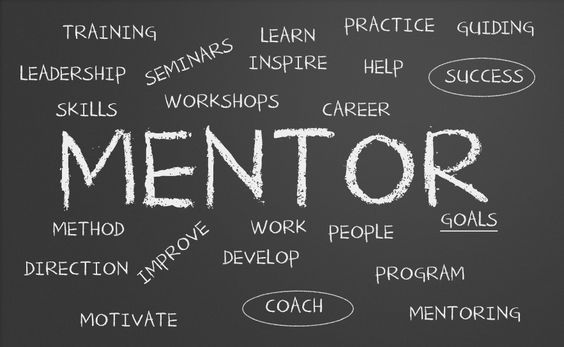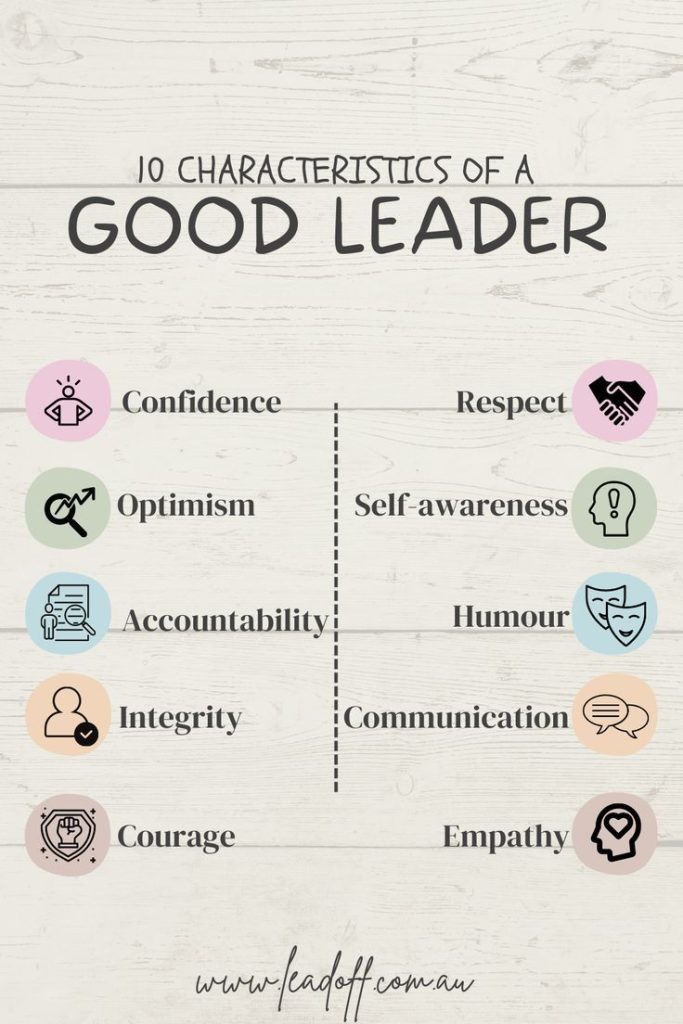As tensions rise and teachers take to the picket lines to advocate for their rights and a better educational system, school principals find themselves in a tricky position. On one hand, they are responsible for the smooth functioning of the school; on the other hand, they understand and empathize with the challenges faced by their faculty. In such a situation, it is essential for principals to find ways to support their teachers while making sure that the school’s operations don’t come to a grinding halt. Here are seven ways in which a principal can support teachers on strike:
1. Open Communication: Communication is perhaps the most crucial aspect of ensuring a positive outcome for both sides during a strike. Make sure there is open communication between you, your striking teachers, and representatives from their union. Offering an open and non-judgmental platform for everyone to share their grievances can go a long way in working toward resolving issues.
2. Maintain Neutrality: As a principal, it is vital to maintain neutrality in your approach towards the striking teachers and avoid taking any sides in public statements or messages. By being unbiased, you create an environment that promotes peaceful resolution and better understanding of each other’s perspectives.
3. Mediate Negotiations: Offer to step in as a mediator during negotiations between your teachers and other authorities such as district officials or school boards. Your input and understanding of the ground reality can help build bridges between both parties.
4. Address Immediate Concerns: If possible, address some of the most pressing concerns of your striking teachers immediately. This could include issues like implementing safety measures or providing necessary resources that may alleviate some of their grievances.
5. Support Substitute Teachers: Ensure that temporary or substitute teachers are well supported to manage the workload while regular staff is on strike. Provide them with necessary resources, information about students’ learning needs, and access to teaching materials so that they can perform their tasks effectively during this period.
6. Assure Job Security: One of the significant fears teachers have while going on strike is the potential risk to their job security. Reassure your faculty that their jobs are secure, and no retaliatory action will be taken against them for participating in the strike.
7. Provide Emotional Support: Finally, it is essential to let your teachers know that you genuinely care about their well-being and understand the emotional toll such actions can take on them. Offer an open ear, support, and resources whenever possible to help them through this difficult time.
By adopting these supportive strategies, principals can navigate the challenging situation of a teachers’ strike while maintaining trust and positive relationships with their staff. Ultimately, it is through mutual understanding and collaboration that both school leaders and teachers can work together to create a better educational system for all.











